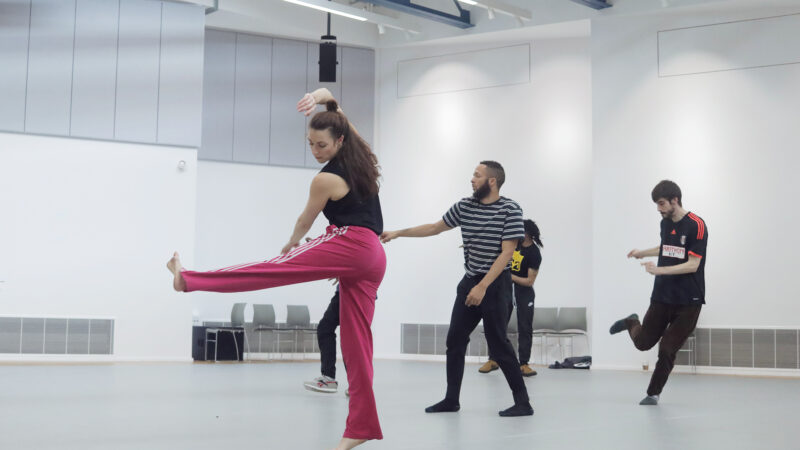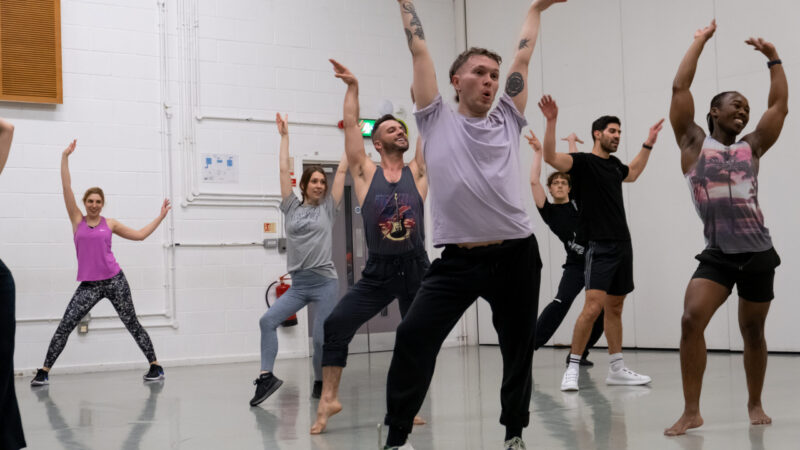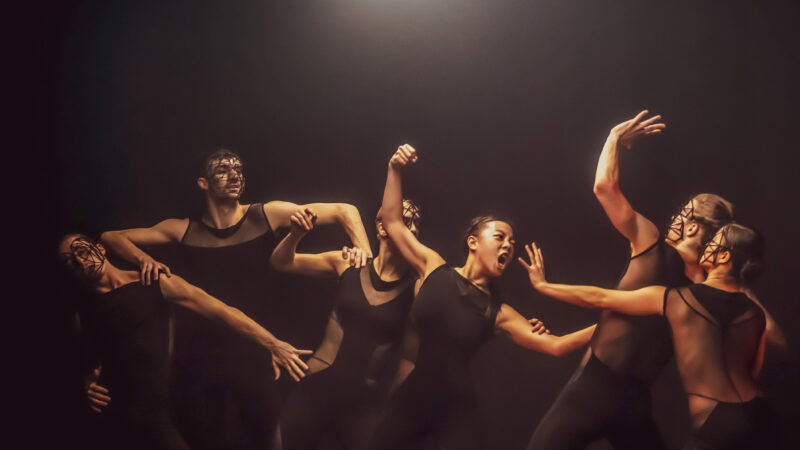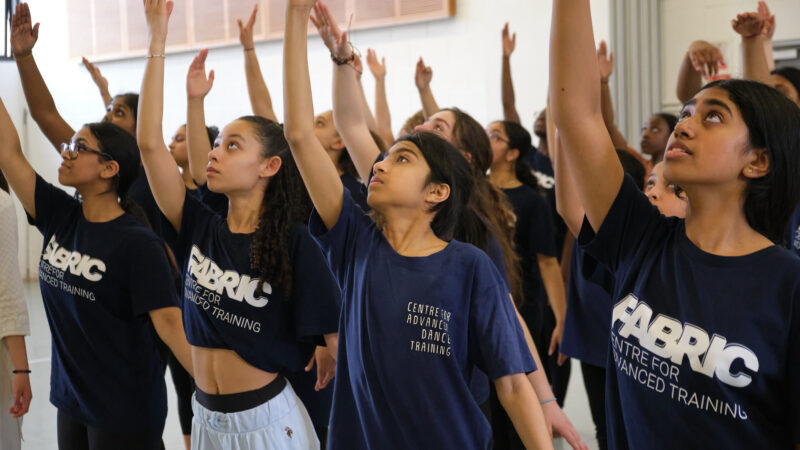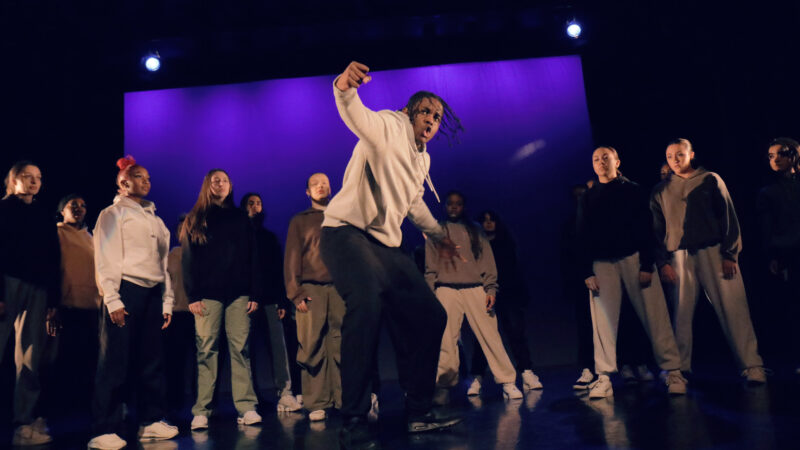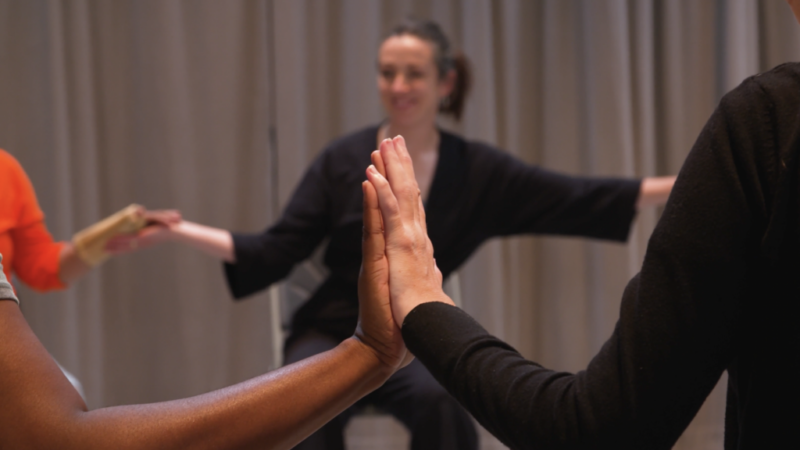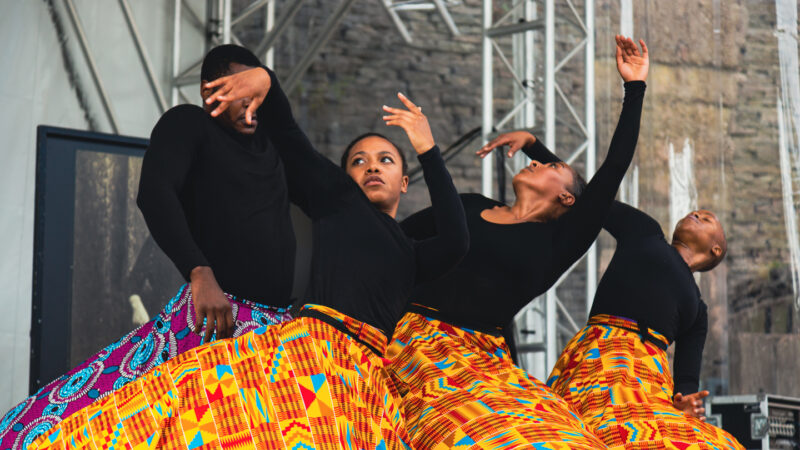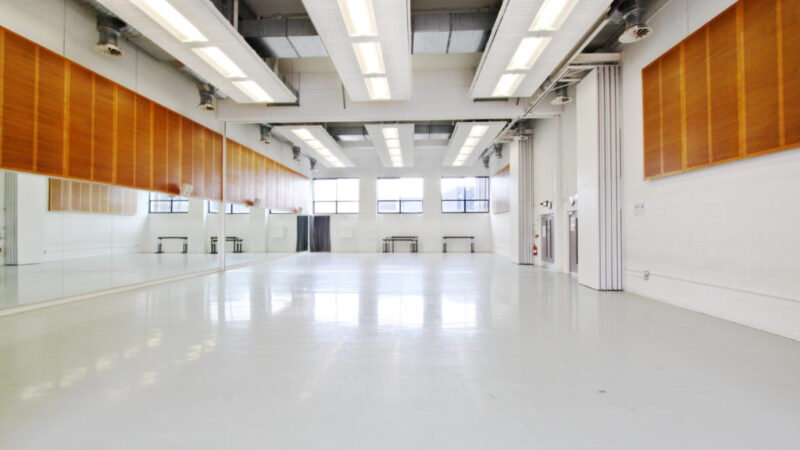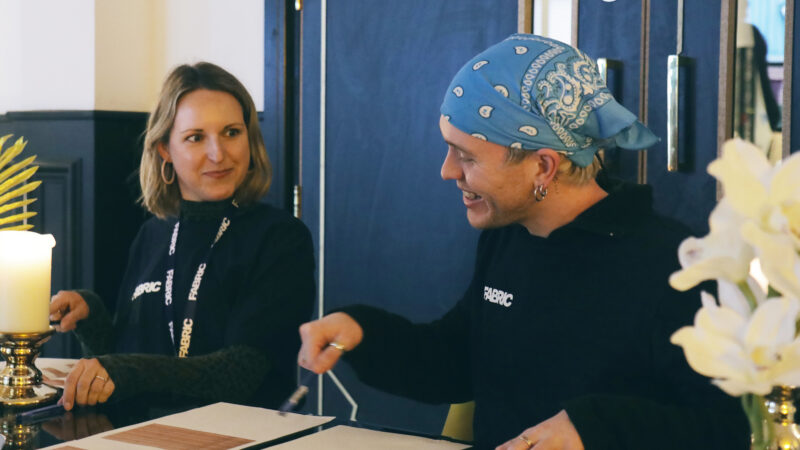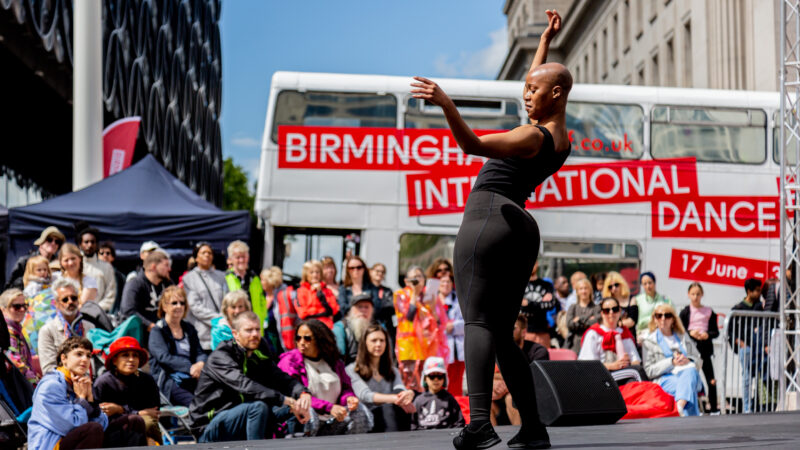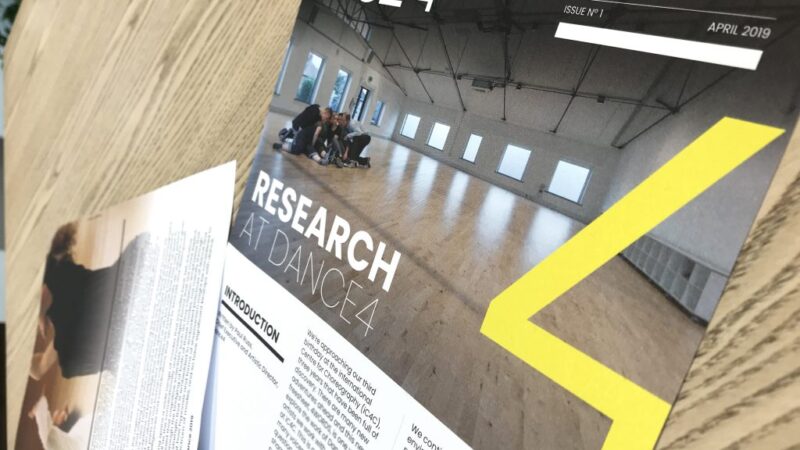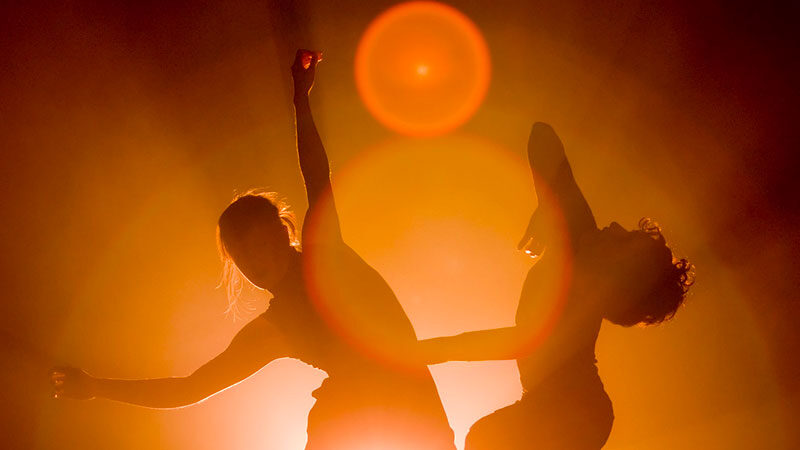Dancing Museums
Dancing Museums II – The democracy of beings was an action-research project (2018-2021) which was designed to foster and sustain long-term collaborations between dance organisations, museums, Universities and local communities to develop inspiring and long-lasting arts and cultural programmes that people in those communities want to get involved in. It was built on a successful 2-yr project called Dancing Museums – Old Masters, new Traces (2015-2017).
In a period of accelerated change, there was an urgent need for professionalism, shared vocabulary and a coherent conceptual framework that aimed to make sense of the many different approaches to audience engagement. In Dancing Museums – The democracy of beings, individuals and arts organisations aimed to share, improve, develop and transfer skills and knowledge needed to broaden and deepen connections and relationships with audiences.
The practice-led research group, composed of artists, dance organisations, museums and universities from 8 countries, looked at how the presence of dance can offer new ways of experiencing art and heritage and help audiences and visitors engage both intellectually and viscerally with artworks. The knowledge and experience generated throughout the project empowered the organisations and artists involved with the skills needed to implement meaningful audience development projects beyond the duration of the project.
To culminate this research project, A NEW WEBSITE was created to document discovories throughout the period as well as to give the project an ongoing legacy to urge a change in the position of the audiences and artists alike within the museum context.
DANCING MUSEUMS II, RESOURCES
Dancing Museums II involved 11 partners: 6 dance organisations, 2 museums, 1 university and 1 research centre, plus a multitude of other associated museums. Seven dance artists provided the creative engine for the journey. Dance4 was associated with the project as the UK Dance partner and Eleanor Sikorski was the UK-based artist.
Through residencies, workshops, seminars and conferences a series of resources were created through Eleanor’s responses and the responses of researchers who collaborated on the project.
VIDEOS
Residencies took place at Newstead Abbey in the summer and autumn of 2021, whereby Eleanor invited a host of artists to join her in exploring the venue and its colonial heritage. As part of this residency, artists mayfield brooks and Mary Pearson spent two weeks at Newstead Abbey looking into fear and trauma stemming from their different but connected ancestral links to the transatlantic slave trade, and created an interdisciplinary dance project titled, How to be Afraid? As part of this exploration, they also created a video work titled Darkness: She was the Univers, which can be watched below:
Cookies are Disabled
Marketing
To adjust your preferences
Additionally, artist Seke Chimutengwende visited Newstead Abbey to explore their project Haunted Houses with dancers Alethia Antonia, Adrienne Ming, Natifah White, Rose Sall Sao, Rhys Dennis and dramaturg Charlie Ashwell.
The project looked at ghosts and haunted houses as a metaphor for how histories of transatlantic slavery and colonialism haunt the present and explored fear as an antidote to trauma.
As part of this residency, Eleanor curated an artist panel titled Haunting Newstead Abbey with mayfield brooks, Mary Pearson, Seke Chimutengwende and panel facilitation by Season Butler to discuss the project further:
Cookies are Disabled
Marketing
To adjust your preferences
PODCAST
Towards the end of the project, Eleanor spoke to producer Nora-Swantje Almes and created a podcast about their time on the project:
DANCING MUSEUMS GLOSSARY
The Dancing Museums Glossary was first presented to the entire group of the Dancing Museums II project and its invited guests in a performative way during a session called “Choreographing the Glossary”. The practice-based session put in relation dance gestures, scholarly texts and personal interpretations of the following key concepts that constitute the Dancing Museums Glossary: authorship/copyright, body archive, black box/white cube, community, kinesthesia/embodiment, ephemeral, material/immaterial, memory, participation, reenactment, site-specific, score.
A short excerpt from this session can be found here.
EVALUATION
To culminate some of the findings of the project, researchers from the Fondazione Fitzcarraldo created an evaluation report. The report focuses on the processes Dancing Museums II has stimulated, and the impact these processes have had on those involved.
The evaluation focuses on how interdisciplinary collaboration between dance artists, dance organisations and museums has influenced organisational attitudes, behaviours, and relationships with audiences, while also nourishing artists’ research and ways of working.
Header image from How to be Afriad? by mayfield brookes and Mary Pearson. Image by Ben Harriott.
Project Partners:
La Briqueterie – Centre de Développement Chorégraphique du Val-de-Marne (FR), Conseil General du Val-de-Marne – MAC VAL Musée d’art contemporain (FR), Comune di Bassano del Grappa (IT), Arte Sella (IT), Fondazione Fitzcarraldo (IT), Università Ca’ Foscari Venezia (IT), Tanec Praha (CZ), Dance4 (UK), Stichting Dansateliers (NL), Mercat de les Flors (ES), Bundeskunsthalle (DE)
In collaboration with:
Prague City Gallery (CZ), Boijmans Van Beuningen Boijmans Museum (NL), Musei Civici di Bassano (IT), Nottingham Museum Service (UK), Nottingham Contemporary (UK) Paris III – La Sorbonne, Fondation Galeries Lafayette, Grand Paris (FR)
Dancing Museums is co-funded by the Creative Europe Programme of the European Union.

